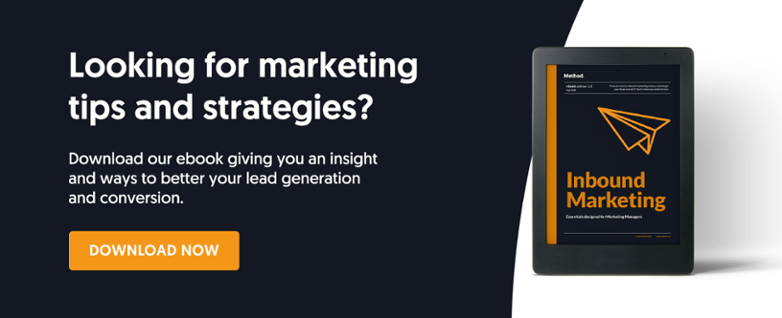Buying something isn’t really a conscious decision, and we certainly don’t actively decide to open our wallets for the fun of it. Purchasing something requires a build-up process beforehand, and like everything in marketing, there is a particular process involved. The only time that spending money becomes enjoyable is when we spend money on an ideal that goes beyond our expectations following a purchase. The customer journey is all about convincing your lead that their life is better if they have the product or service in it.
Historically, hard selling something in marketing was always a successful way to get conversions. And years ago, when digital marketing was just born, and advertising companies were going ham with hard sales on every available platform of marketing; it really worked. Emailing and cold calling had to start somewhere, and it became the main method of navigation. This had a decent success rate for businesses a few decades ago, during the emergence of email marketing and cold calling.
But life isn’t like that anymore, and the world has moved on - socially, professionally, and technologically.
Nowadays, we are exposed to different forms of marketing every time we look at our screens. After the boom of mass consumerism, digital marketing has become a far more competitive game than it used to be, with companies trying to be more niche than the last. There’s more value in creating content that has actual gravity for the desired customer. Successful marketing companies will create marketing materials that are actually planned and thought out. This is so much more effective than aggressively selling your products or service with a generic email to a generic list of email addresses - without any more information except their email address and name.
Now we are so exposed to marketing from all angles, that marketing has become saturated. That’s why there’s more pressure to curate genuine marketing materials that have actual value. It's also just it’s a far more efficient use of time and energy to create a strategy that doesn't have to be revised or changed every last minute.
But really, buying something all comes down to the ‘right place, right time’ mentality. But how can we hit the nail on the head and get the right leads at the right time?
Where is your audience?
When you are conducting your preliminary analysis and research to curate your buyer persona, you should figure out where your audience is going to be looking when they stumble across your ‘attract’ content (that’s the content you present initially).
Where are they most likely to pay attention to your content? Do they watch short-form video, like Instagram Reels or TikToks? Do they scroll through Facebook using a tablet after dinner? Do they watch lots of TV?
It’s always a good idea to start off with the 'where' and imagine what they are going to be exposed to - and in what quantities. Which types of media are they going to be consuming, and what types of marketing platforms are they going to pay the most attention to?
Timing is key
Time your content wisely. Figure out where your clients are going to be, and at what times. And this doesn't just mean timing your content to post at a particular time of day. Take advantage of outside stimuli: current affairs, finances, or any relevant events happening in your customers' lives at that particular time of posting. Be selective and smart about 'when' you target your content, and make it as easy and convenient as possible for your customers to find your content at the time they need it most.
Or perhaps they're already navigating the funnel of the buyer journey already. For example, if they are in the 'consideration' stage, you can mould your content persuasively, to convince them to make the final steps flowing into the 'decision' stage where they might purchase your product or services.
Of course, it's also dependent on the nature of your product. If your product offers a long-term solution at a higher cost, your customers are going to spend more time in the 'consideration' stage, and you might supply a slow chain of different subtly convincing pieces of content for them. But if your product is a 'quick fix' then they might spend less time in the awareness stage, and more time shopping around in the 'deciding' stage.
In the end, it always comes down to creating quality, engaging content
Ultimately, finding the right leads at the right time all comes down to quality content. Your audience aren't going to pay attention to content that doesn't offer to solve their problems, or content that's not thought out.
Really get into your customer's head, and speak their language. Select aesthetic and lexical choices that are really going to connect to your customer. This not only grabs their attention, but it engages with them.
No one likes boring, spammy content - and it simply won't sell. Instead, create quality content, post at the right time, and select the correct appropriate platforms. Whether it's a social media post, blog post, or an email - apply their position within the buyer journey and inbound marketing process and generate your marketing content accordingly. This will actually engage your audience and can help you make the switch between an interested lead and a returning customer. Tick these boxes, and you've struck the 'time and place' sweet spot that successfully hooks your audience long-term.
Check out our downloadable Ebook
To get a bigger chunk of quality marketing knowledge, check out our free downloadable Inbound Marketing Essentials Ebook. It's got everything you need to know about winning new businesses by utilising clever marketing strategies to make long-lasting client connections.




